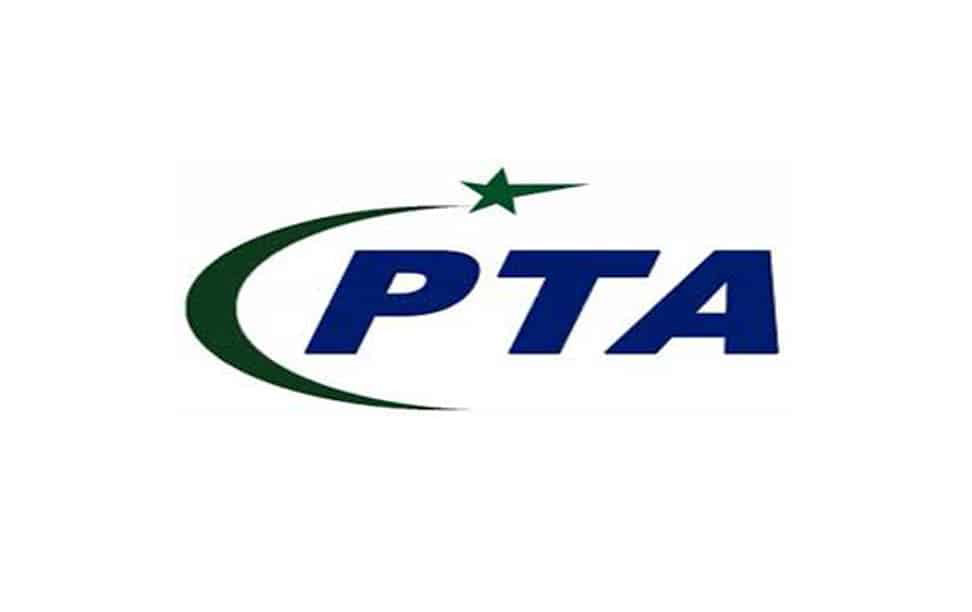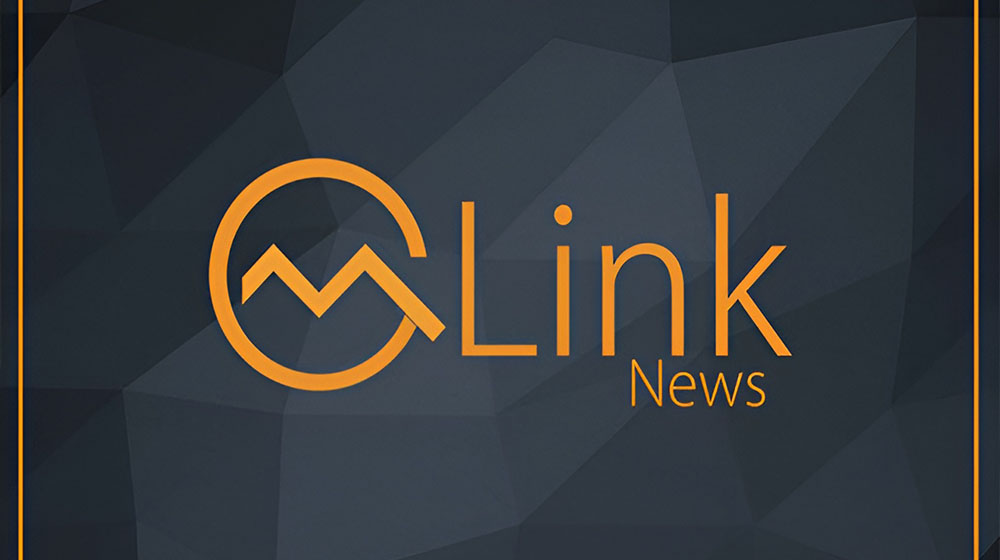Inflation to remain in single digit during 2016-17, consumer demand improves, credit to private sector on the rise

MG News | May 17, 2017 at 12:03 PM GMT+05:00
Inflation during the current fiscal year remains favorable and whereas the confidence also showed strength while credit to private sector also recorded which help sustained economy growth and prospects for more appreciation visible for 2017-18.
According to Planning Commission document, single digit inflation at 4.1 percent during July-April 2016-17 is a positive sign. Nielsen Global Survey of Consumer Confidence reports highest value for consumers’ confidence index in December 2016 since 2008. The national Consumer Confidence survey also depicts an improving consumer demand as consumer confidence index registered an all-time high of 176.5 points in March 2017. This reflects the favorable conditions in the economy owing to improved security, better energy supply, low inflation and increased tourism among other factors.
Policy rate stands at a multi-decade low level of 5.75 percent. The lower policy rate gradually translated into lowest lending rates in 10 years i.e. 7.1 percent and 8.6 percent weighted average lending rates on gross and outstanding loans respectively in March 2017. Private sector credit is responding well to record low policy rate and is expected to gain momentum in coming months.
Private sector is availing credit not only for working capital requirements but also for fixed investments. The expansion in private sector credit was higher in July-March 2016-17 compared to the same period last year. Considerable retirement of government borrowing to scheduled banks coupled with increase in bank deposits spurred private sector credit. Moreover, loans for fixed investments increased by Rs161.1 billion in the first 8 months of FY17 compared with an expansion of Rs98.3 billion in the same period of last year. This indicates that private sector is borrowing for upgrading and expanding businesses.
The improvements in LSM, expansion plans announced by major industries and favourable monetary conditions are expected to provide continued momentum in the demand for credit. The over-all output of Large Scale Manufacturing Industries (LSM) increased by 5.06 percent for July-March 2016-17. The LSM growth was significantly high in March 2017 at 10.5 percent compared to 9.1 percent in March 2016. Iron & Steel products (16.6 percent), Electronics (15.2 percent) and Automobiles (11.3 percent) are the main contributors of growth.
China-Pakistan Economic Corridor (CPEC) has the potential to further spur GDP growth and transform Pakistan into a regional economic hub. The early harvest energy projects under CPEC will have a discernible impact on the economy. The energy and infrastructure projects are expected to attract foreign direct investment and bridge the energy shortfall. The enhanced power generation capacity resulting from CPEC projects is thus expected to augment growth in medium to long term.
In view of the above, economic growth prospects are positive for 2017-18 due to better prospects in agriculture sector, strong performance of industrial sector, pickup in private sector credit, macroeconomic stabilisation, politically stability and improved security situation. However we are mindful of the challenges ahead. Despite the encouraging scenario, the widening current account deficit is a challenge and needs to be addressed. The external deficit can exacerbate as the oil prices are expected to increase in 2018. However, these risks will be offset by increasing exports and more FDI. Our priority is to generate higher revenues by broadening the existing tax base, simplifying the tax structure and strengthening tax administration. Therefore, growth prospects for Pakistan are bright.
Related News
| Name | Price/Vol | %Chg/NChg |
|---|---|---|
| KSE100 | 134,299.77 290.06M |
0.39% 517.42 |
| ALLSHR | 84,018.16 764.12M |
0.48% 402.35 |
| KSE30 | 40,814.29 132.59M |
0.33% 132.52 |
| KMI30 | 192,589.16 116.24M |
0.49% 948.28 |
| KMIALLSHR | 56,072.25 387.69M |
0.32% 180.74 |
| BKTi | 36,971.75 19.46M |
-0.05% -16.94 |
| OGTi | 28,240.28 6.19M |
0.21% 58.78 |
| Symbol | Bid/Ask | High/Low |
|---|
| Name | Last | High/Low | Chg/%Chg |
|---|---|---|---|
| BITCOIN FUTURES | 118,140.00 | 119,450.00 115,635.00 |
4270.00 3.75% |
| BRENT CRUDE | 70.63 | 70.71 68.55 |
1.99 2.90% |
| RICHARDS BAY COAL MONTHLY | 97.50 | 0.00 0.00 |
1.10 1.14% |
| ROTTERDAM COAL MONTHLY | 108.75 | 108.75 108.75 |
0.40 0.37% |
| USD RBD PALM OLEIN | 998.50 | 998.50 998.50 |
0.00 0.00% |
| CRUDE OIL - WTI | 68.75 | 68.77 66.50 |
2.18 3.27% |
| SUGAR #11 WORLD | 16.56 | 16.60 16.20 |
0.30 1.85% |
Chart of the Day
Latest News
Top 5 things to watch in this week
Pakistan Stock Movers
| Name | Last | Chg/%Chg |
|---|
| Name | Last | Chg/%Chg |
|---|



 MTB Auction
MTB Auction